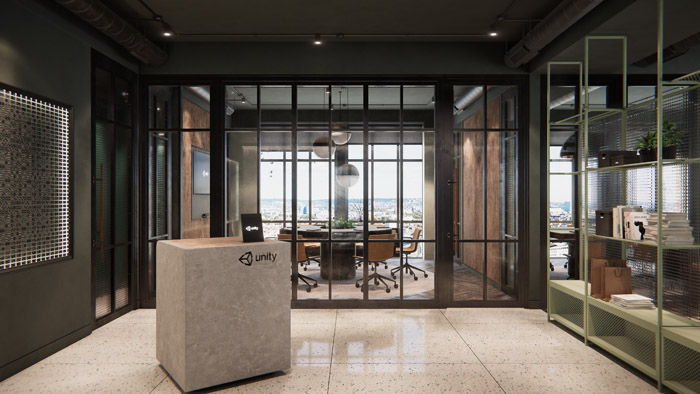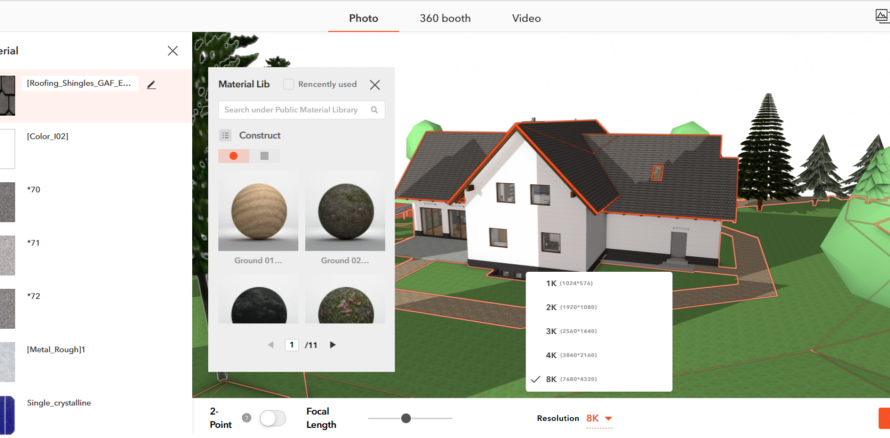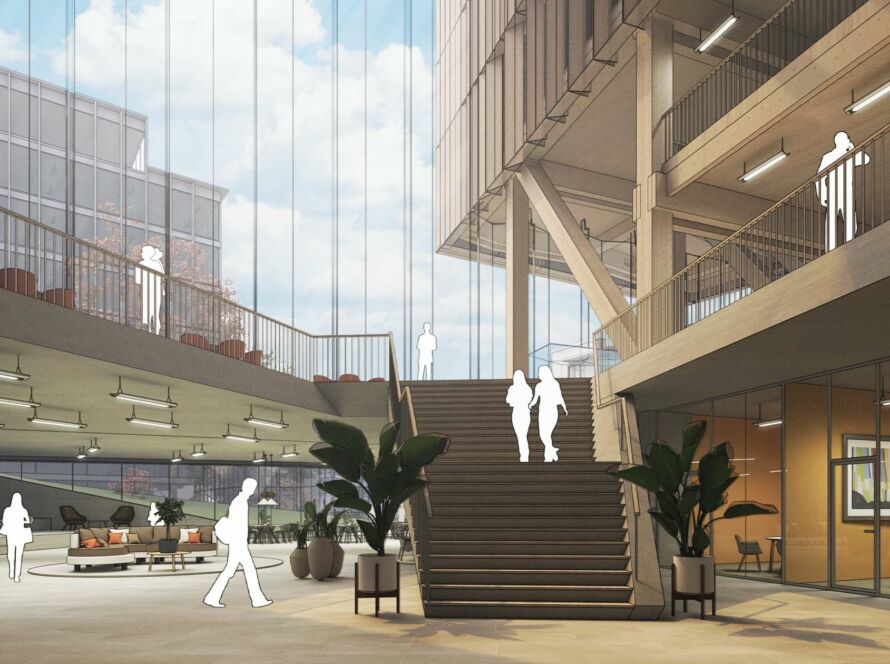Unity rendering is a new 3D rendering software that is making waves in the graphics industry. It’s fast, efficient, and allows users to create photorealistic images quickly and easily. In this article, we will take a look at the unity rendering software and how it can help your business. We will also give you a review of the software so that you can decide if it’s right for you.
What is Unity Rendering?
Unity is a powerful game development engine that allows developers to create 2D and 3D games. Unity Rendering is a rendering engine that helps developers create high-quality graphics for their games. Unity Rendering offers a number of features that make it an attractive option for game developers. Some of these features include:
- High-quality graphics: Unity Rendering offers high-quality graphics that are perfect for game development.
- Easily customizable: Unity Rendering is easily customizable, which means that you can control the look and feel of your game graphics.
- Fast performance: Unity Rendering is fast and efficient, which means that your games will run faster on devices with limited resources.

How Does Unity Rendering Work?
In Unity, we use a technology called “Rending” to create graphics that appear to be real-world. The basic idea is to take the game scene and divide it into small pieces so that each piece can be rendered separately. This allows us to create realistic graphics even on lower-spec machines. In this article, we’ll take a look at how Rendering works in Unity and review some of the features available.
In Unity, rendering is divided into three stages: the Pre-Processing Stage, the Rendering Stage, and the Post-Processing Stage.
The Pre-Processing Stage includes things like terrain generation and object placement. This stage is run on the server side and doesn’t affect the graphics displayed on your computer.
The Rendering Stage includes everything that happens on your computer screen. Here, we take the game scene and break it down into small pieces called “frames”. We then render each frame to create the graphics you see on your screen.

The Post-Processing Stage includes things like bloom and post-process effects. This stage is run on your computer after the Rendering Stage has finished, and it can affect how your graphics look. For example, bloom helps make textures look more realistic by adding a subtle effect to them after they’ve been rendered.
What are the Benefits of Unity Rendering?
Unity rendering is an amazing game engine that has revolutionized the way games are made. It allows developers to quickly create 3D games without having to learn complex programming languages or spend hours configuring graphical settings. Unity also offers a wide range of tools and features that make game development more efficient. Here are some of the benefits of using Unity:
- Efficient game development: With Unity, you can quickly create high-quality 3D games without spending hours configuring graphical settings or learning complex programming languages.
- A wide range of tools and features: Unity offers a wide range of tools and features that make game development more efficient, such as built-in terrain editors, particle systems, and audio effects.
- Customizability: You can customize your games to match your own specific needs by choosing from a wide range of prebuilt templates or creating your own from scratch.
How to Use Unity Rendering?
Unity is a versatile game engine that enables developers to create high-quality 3D games. Unity’s rendering capabilities are some of its most popular features, and this tutorial will introduce you to the basics of Unity’s rendering pipeline.
In this tutorial, we’ll be covering the following topics:
- Setting up your development environment
- Creating a basic scene in Unity
- Adding materials and lights
- Preloading textures and objects
- Rendering with Unity
Setting up your development environment In order to render in Unity, you’ll need a few things installed on your computer. You can download the Unity software here: https://unity3d.com/download/ If you’re using Windows, be sure to also install DirectX (version 11 or later) and Visual Studio 2017 (or later). If you’re using macOS or Linux, you don’t need any additional software. Once you have downloaded and installed Unity, open it up and create a new project by clicking on the “New Project” button located in the top menu bar. In the “Project Name” field, enter “RenderTest.” You’ll then be prompted to select a location for your project files. Choose a location on your hard drive and click on the “Create Project” button. When your project is created, double-click on it to open it up in Visual Studio 2017. If you’re not using Visual Studio 2017
Is Unity Rendering Safe?
Unity is one of the most popular game engines available on the market. It has been used in a number of successful video games, including blockbuster franchises such as Hearthstone and Fallout 4. Unity is used to create both commercial and independent video games.
In this review, we’ll be taking a look at how safe Unity is for rendering images and videos. We’ll start by discussing how Unity handles assets and previews them before they are sent to the GPU for rendering. We’ll also take a look at some of the safety features that Unity offers, including automatic memory management and error recovery techniques. Finally, we’ll touch on how you can make sure your graphics are rendered safely using Unity.
Unity uses a file-based asset system. This means that all of your assets, including textures, models, and audio files, are stored in separate files. Unity can automatically load these files when it starts up, so you don’t need to worry about manually loading them each time you use the engine.
Unity also allows you to preview assets before they are sent to the GPU for rendering. This is helpful if you want to make sure that your textures look accurate before you submit them to the game engine. Unity also offers built-in anti-aliasing and other rendering features, so you can easily improve the quality of your graphics without having to spend time learning complex rendering techniques.

One of the main benefits of using Unity is its error handling capabilities. Unity will try to recover from errors by returningopes or by restarting the application. If an error occurs while a graphics asset is being rendered, Unity will also stop the render process and notify you about the problem.
Unity also features automatic memory management mechanisms. This means that Unity will automatically release memory resources that are no longer needed. This helps prevent crashes and prevents your computer from becoming bogged down by unnecessary
Conclusion
Unity rendering is a great technique to use when creating images for websites or apps. It can help to reduce the time it takes to create an image, and it also allows you to combine multiple images into one file. In this article, I will introduce you to Unity rendering and show you how it can be used in a practical example. If you’re interested in learning more about Unity rendering, I encourage you to check out our website!





